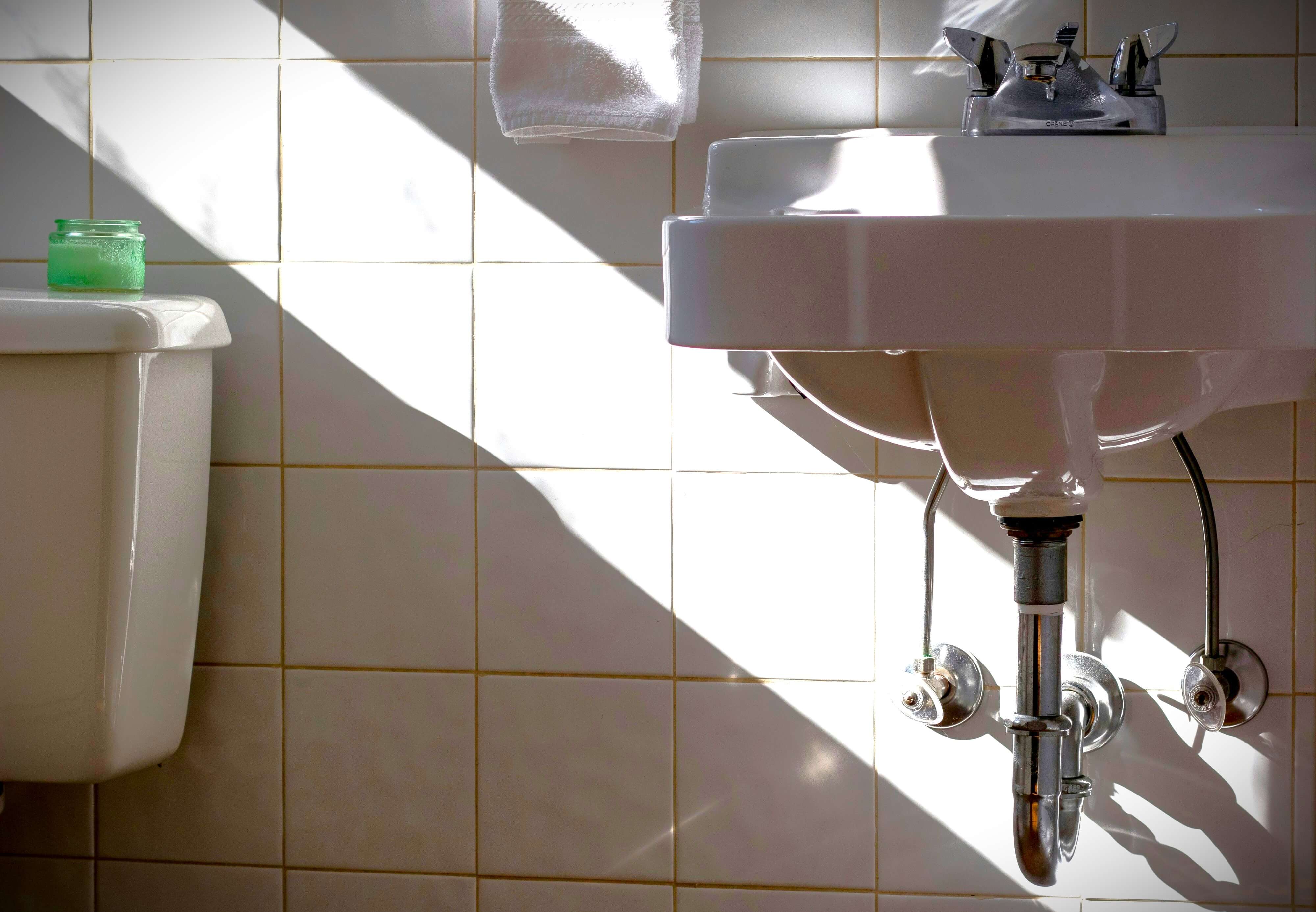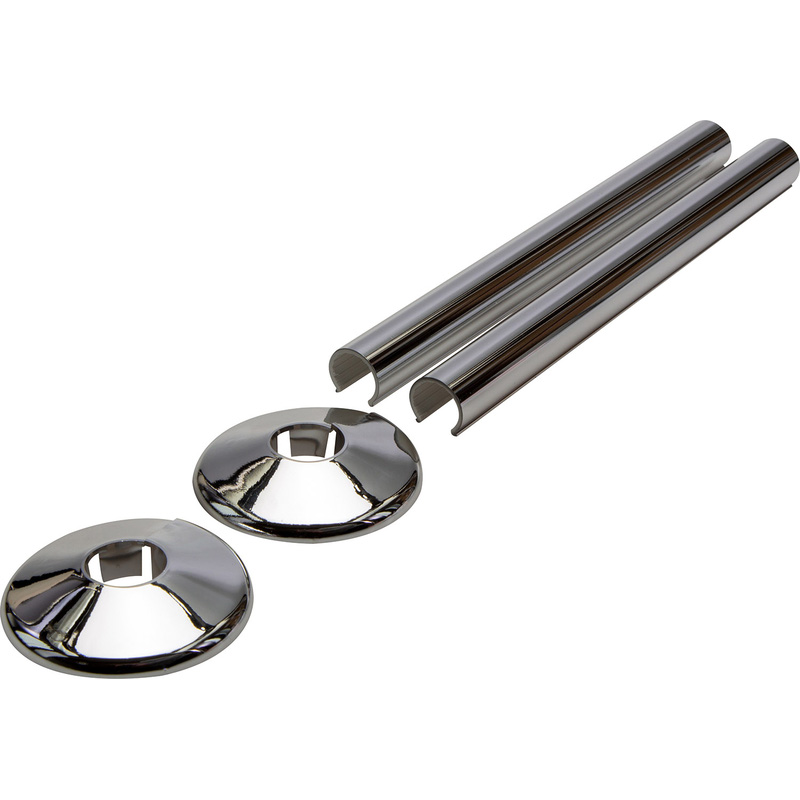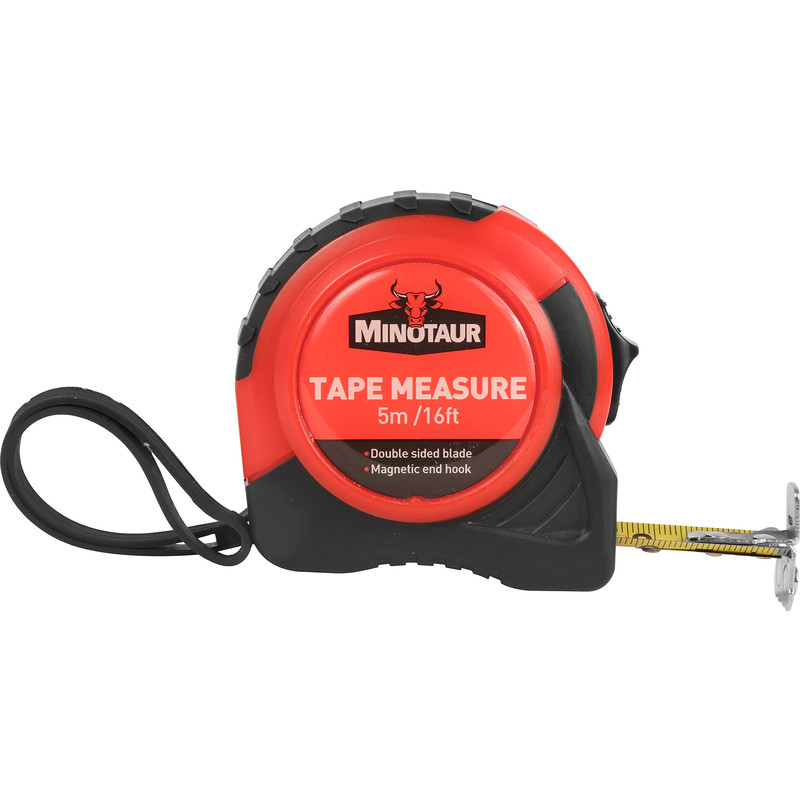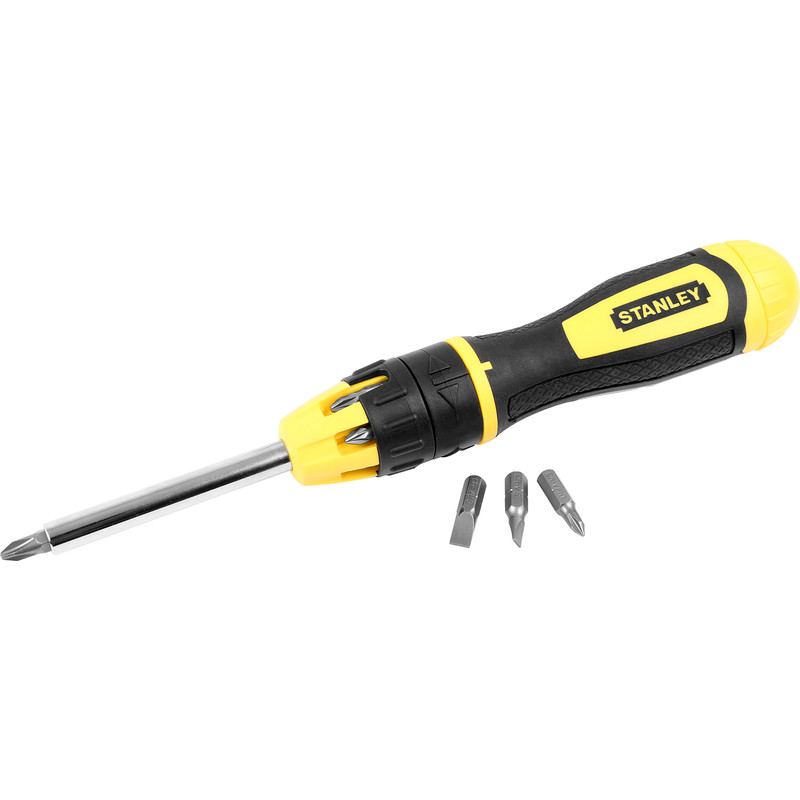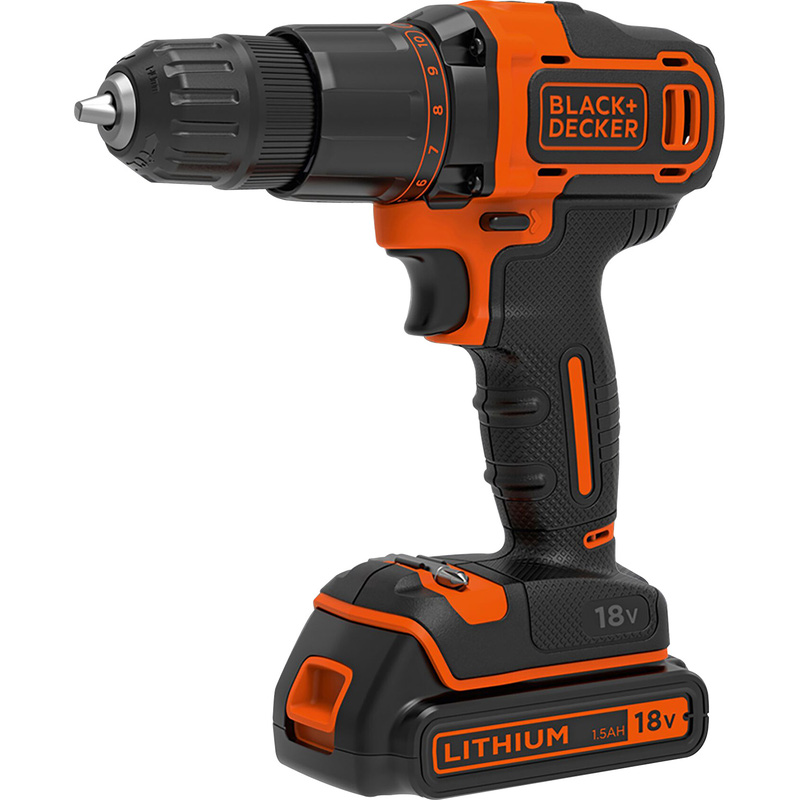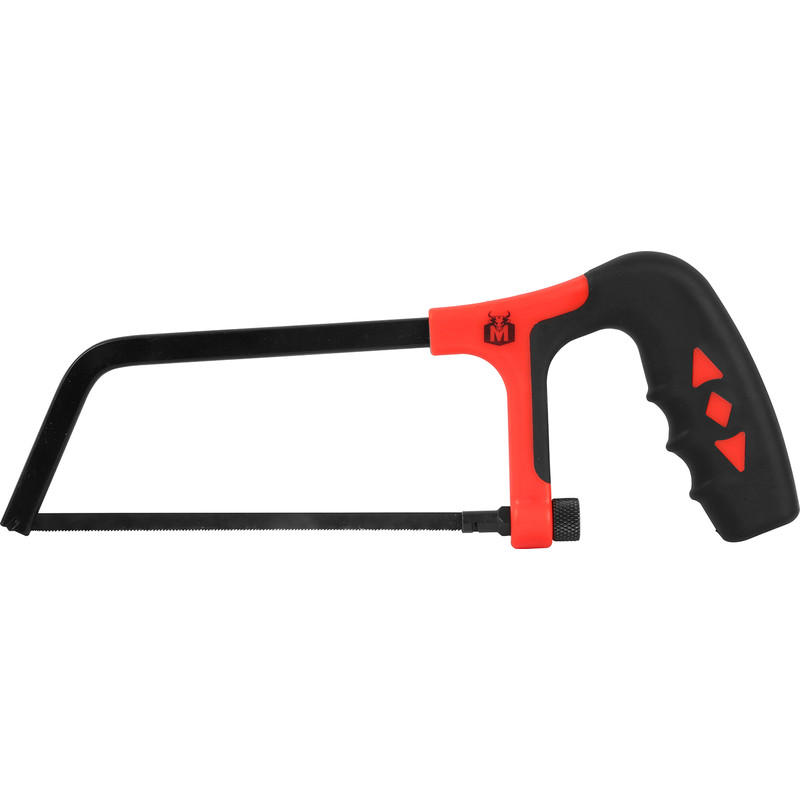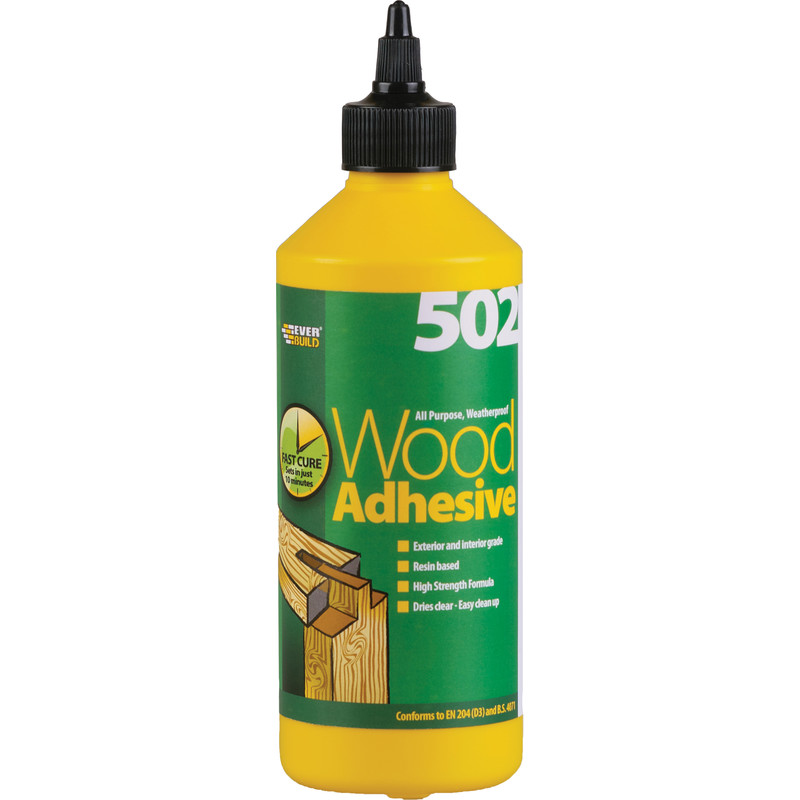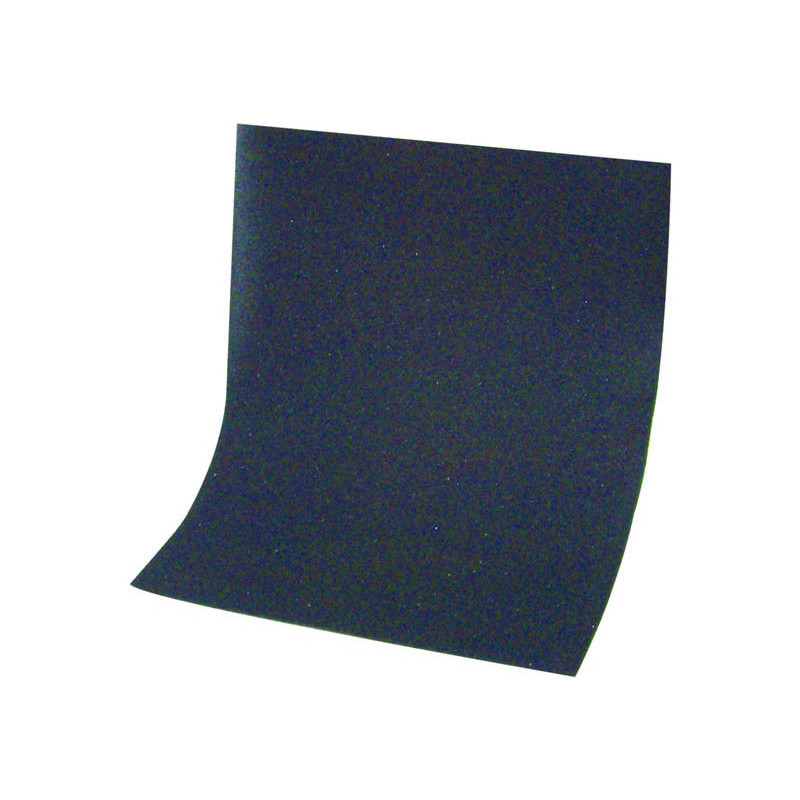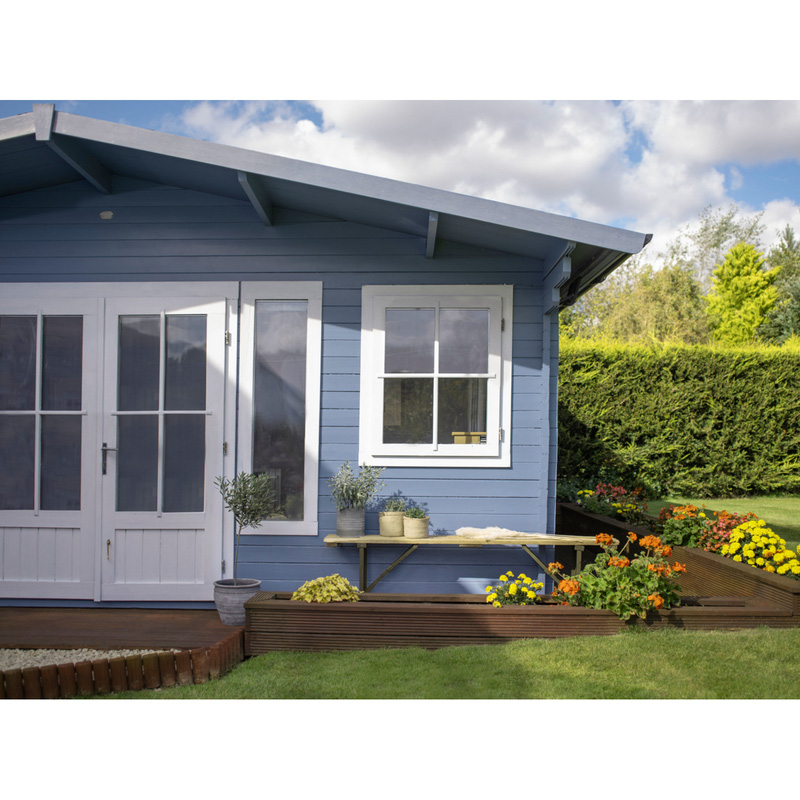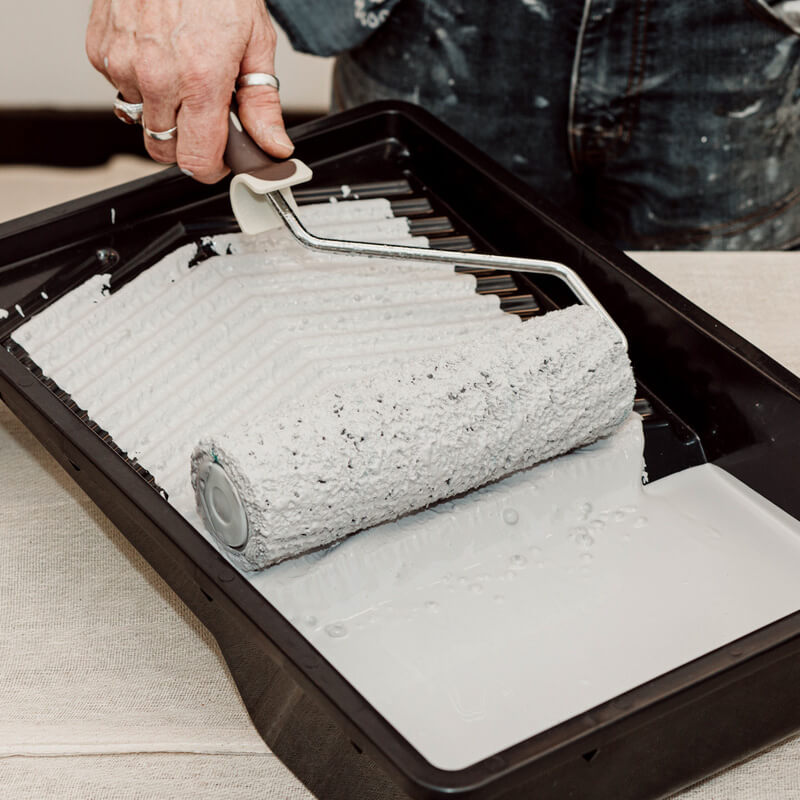We all know that plumbing plays an important role in creating a functional home. That said, any type of plumbing pipework, if left exposed in your bathroom, can look pretty unsightly, ruining the overall aesthetic of the room.
If you’re looking for ways to hide the plumbing pipes in your bathroom, or anywhere else, keep reading as we’ll be providing some simple suggestions to conceal the pipes for a more sleek and modern appearance.
Below are 4 top tips that you can incorporate into your home to help create the look and feel you want, without unsightly plumbing.
Tools You May Need To Hide Pipes in a Bathroom
Method 1: Incorporate Pipe Covers
Pipe covers come in different shapes, sizes and styles and can be a really simple way of hiding those copper pipes. Some are plastic which can blend seamlessly against plain white walls while others are finished in chrome or black allowing you to turn plain pipework into more of a feature in your bathroom. Here’s how to use them:
-
Use a tape measure to determine the length and width of the pipework that you want to cover. Measure from the floor to where the pipe runs (whether it's along the wall or protruding from the wall). Also, measure the depth if the pipes are extending far from the wall.
-
If you need to trim the pipe covers, use a hacksaw to cut them to the appropriate length. Be sure to wear safety gear when cutting.
-
Position the pipe cover in place along the exposed pipes to check that it fits correctly. Make sure there’s enough clearance around the pipes so that the cover is not pressed directly onto them.
-
Some pipe covers simply clip over the exposed pipes while some will need fitting to the wall using screws or nails. Use a drill to insert screws into the wall studs or use wall plugs if you're screwing into drywall.
Method 2: Box In Pipes
A more creative way of covering pipes in your bathroom is to box them in. While you can use a variety of different materials, such as tile, if you opt for something like MDF, this can be finished off with a coat of paint or varnish to further enhance the appearance of any room.
-
Start off by measuring the pipes that you want to cover, going from one end to the other.
-
Next, measure the height from the floor to the top of the pipe and the depth (distance the pipes protrude from the wall). This will help determine how tall and wide your MDF box needs to be.
-
Cut the wood to size using a saw. The height should be enough to cover the pipes, with a small clearance on top for ventilation and the depth should be enough to fully cover the pipes.
-
Once cut to size, use sandpaper to smooth out any rough areas and avoid sharp edges.
-
If you want a polished look, paint or stain the MDF to match your room’s decor. Let the paint or finish dry completely before moving to the next step.
-
Install the MDF cover by positioning the panels along the pipes to check for a proper fit.
-
When fixing into place you can either use wood glue which offers a more permanent fixture. On the other hand, if you’d prefer to have future access to the pipes you could create an access panel. To do this, attach hinges to one side of the panel and fix the other side to the wall. This way, you can open and close the panel whenever you need to access the pipes.
-
To finish off, apply some caulk along the edges for a more polished look.
Method 3: Paint the Pipes
OK, we know that painting exposed pipe is not exactly hiding them. But, if you’re happy for them to remain on show for a more industrial aesthetic, applying a lick of paint can be a great way of achieving this.
You could opt for a colour that blends against your walls and matches your current colour scheme, or choose something a little more eye-catching to make the pipes a feature of your bathroom. Just be sure to choose the right type of paint, specialist radiator paint is ideal as it’ll provide a smooth, long-lasting finish and protect against corrosion.
Method 4: Install A Bathroom Cabinet
If the pipework you want to cover runs vertically, perhaps from the top of the sink to the bottom, a great way of hiding it from view is to install a bathroom cabinet. This is a great functional option as not only does it hide the pipes, you’ll be gaining valuable storage space for your bathroom accessories.
You can try making one from scratch, or opt for a pre-made cabinet - just be sure to take the necessary measurements beforehand and install by following the manufacturers instructions.

